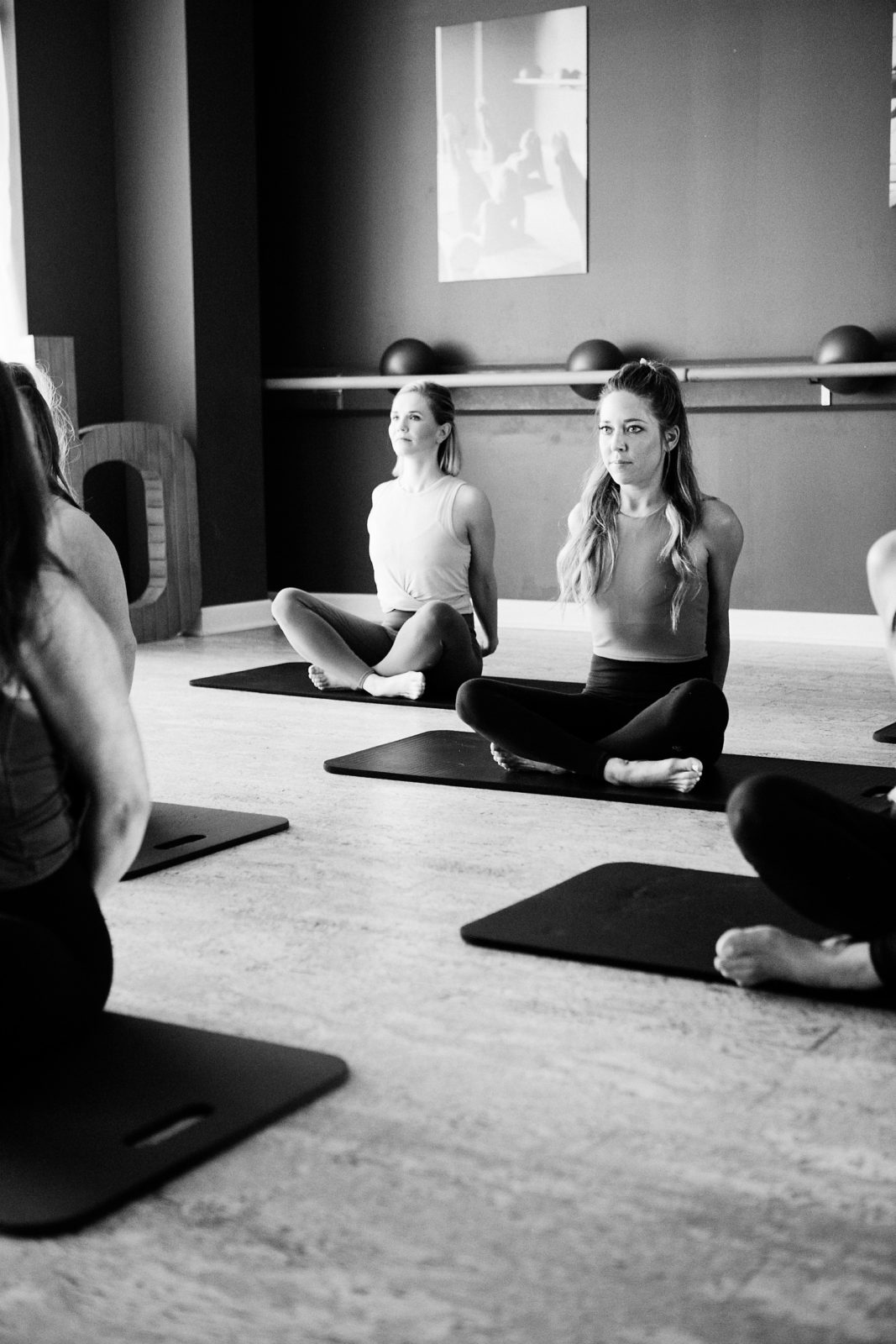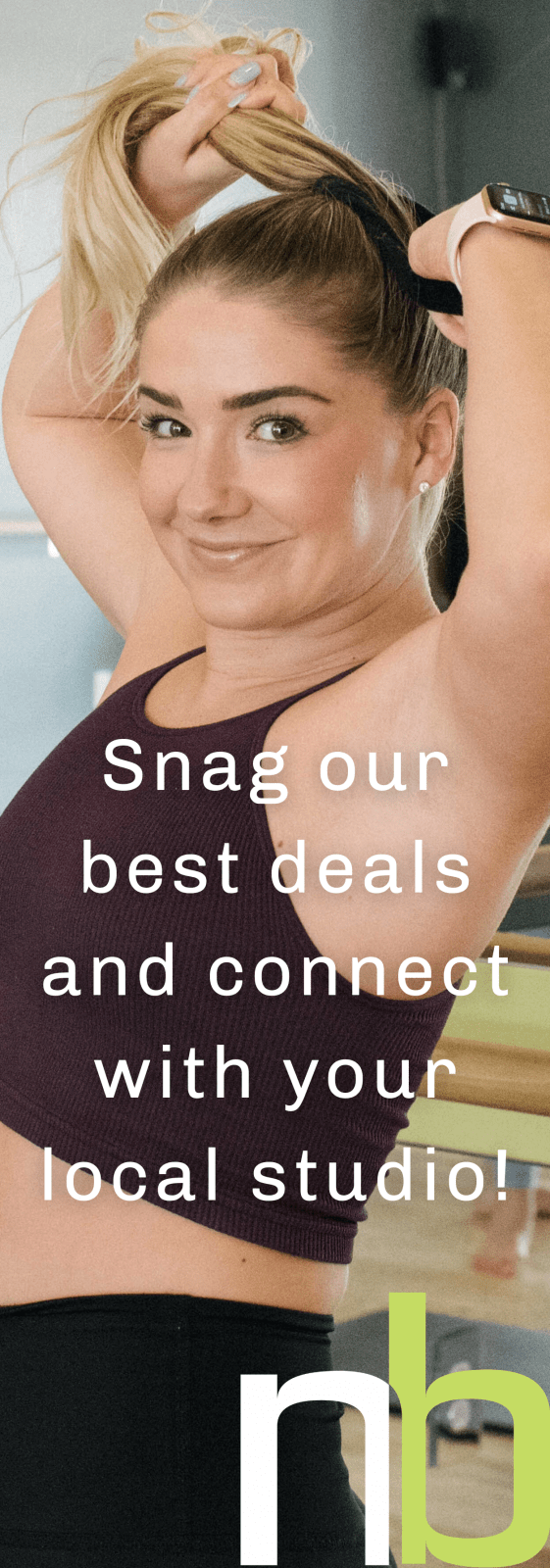Firming Your "No" Muscle
We talk so often about health in the form of diet and exercise and sometimes even in meditation or other forms of self care. But how often do you consider your health in the form of your limitations and preservation? Healthy boundaries are a crucial component of self-care. That’s because in work or in our personal relationships, poor boundaries lead to resentment, anger, and burnout.
The purpose of setting a healthy boundary is to protect and take good care of you. Setting healthy boundaries can have many benefits, including helping people make decisions based on what is best for them, not just the people around them. This autonomy is an important part of self-care. Healthy boundaries can also serve to establish one’s identity. Specifically, healthy boundaries can help you define your individuality and can help indicate what you will and will not hold yourself responsible for. This will open the floodgates to experience greater well-being and fulfillment in all areas of your life. That sounds nice, right?!

So what do healthy boundaries look like? It can be emotional, physical, or even in the spectrum of time-management. For example, you may set a personal boundary in your relationship with your partner that you need one night a week alone or with friends. Or you may set a boundary that your child knocks before entering your bedroom. Or at work, you may set a boundary that you don’t connect with coworkers on social media if you’re the boss. Boundaries should be set at work, with family, your friends, and even with your core values. So now that we know what boundaries look like, how do you get started and implement in your own life?
Start by examining what boundaries you may already have in place, as well as what area(s) of your life that you recognize boundaries may be missing. Or in other words, become self-aware. We conceal our true feelings because we’re scared of people’s reactions. The key to setting boundaries is first figuring out what you want from your various relationships, setting boundaries based on those desires, and then being clear with yourself and with other people about your boundaries. Tap into your intuition to access this. Pay close attention to the situations when you lose energy, feel a knot in your stomach, or become emotional. Identifying where you need more space, energy or personal power is the first step.

Try filling out the following 3 questions for yourself. (Feel free to write down multiple answers for each question. The more the better!)
- People may NOT _________________________
- I have a right to ask for _________________________
- To protect my time and energy, it’s ok to _________________________
Start by keeping the focus on yourself when deciding, and communicating, your boundary. This will be uncomfortable at first (as a women, you rarely put yourself first), but do your best to communicate your boundaries firmly, and with a neutral tone. This is best relayed by using simple, direct language. So instead of saying “You have to stop bothering me after work”, you would instead say, “I need some time to myself when I get back from work.” Try communicating with “I statements.” So instead of saying :”You’re making this vacation exhausting!” Using a I statement instead you would say, “I feel overwhelmed when every minute of our vacation is planned. What I need is some time to just relax and see what happens.”
When setting boundaries, there is no need to defend, debate, or over-explain your feelings. This is especially tough for women!! Simply tell people you’re shifting your priorities and are taking care of your needs right now. Or don’t offer any explanation at all. No is a complete sentence. If you feel your own resistance to focusing on yourself, remember, when you put yourself first, you are then fully available to others without resentment or anger. Guilt is the most common obstacle to taking care of yourself. You will feel guilty by making yourself a priority. To overcome guilt, face it head on. See it as a sign that you are on the right track.

Try making an “absolute YES list”. What are the most pressing areas in your life right now? Don’t think big picture, think over the next 30 – 90 days. Consider your health, relationship, spiritual well-being, time with friends, school, work, volunteering, finances, home improvement, etc. Once you’ve made your absolute YES list, pick the top five priorities. Are you number one on your list? Does your list need to be reordered? Remember, your boundaries aren’t set in stone. They may change in 3 months, 6 months, or 3 years. Focus on what you want right now, and give yourself permission to adjust in the future.
Lastly, and perhaps most importantly, decide the consequences when some crosses the new boundaries you’ve put into place for yourself. Boundaries are about honoring your needs, not about judging other people’s choices. We cannot change others. We are not responsible for what comes out of their mouth, the daily choices they make, or their reactions. The only thing you can change is how you deal with them. Write down what you decide are the consequences so it’s on paper somewhere. People will test, push, and disrespect your limits. You’ll know you’re getting healthier when this doesn’t get an emotional reaction out of you anymore. When you flex your “no” muscle and honor your core values, you strengthen your self-esteem and find less resistance within yourself, and with others. That is true health!


